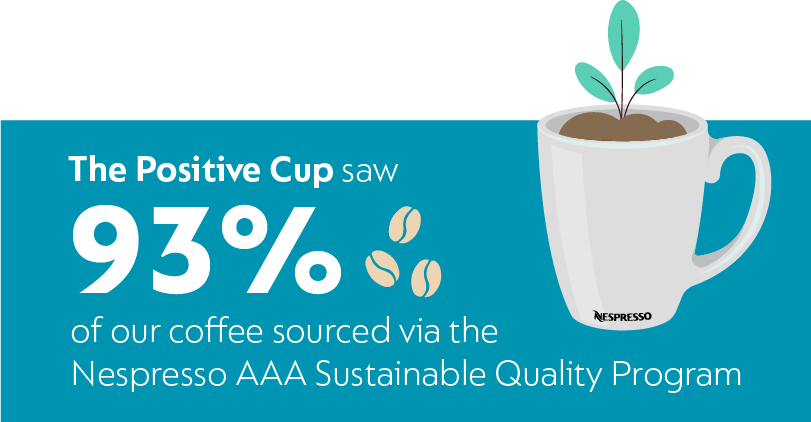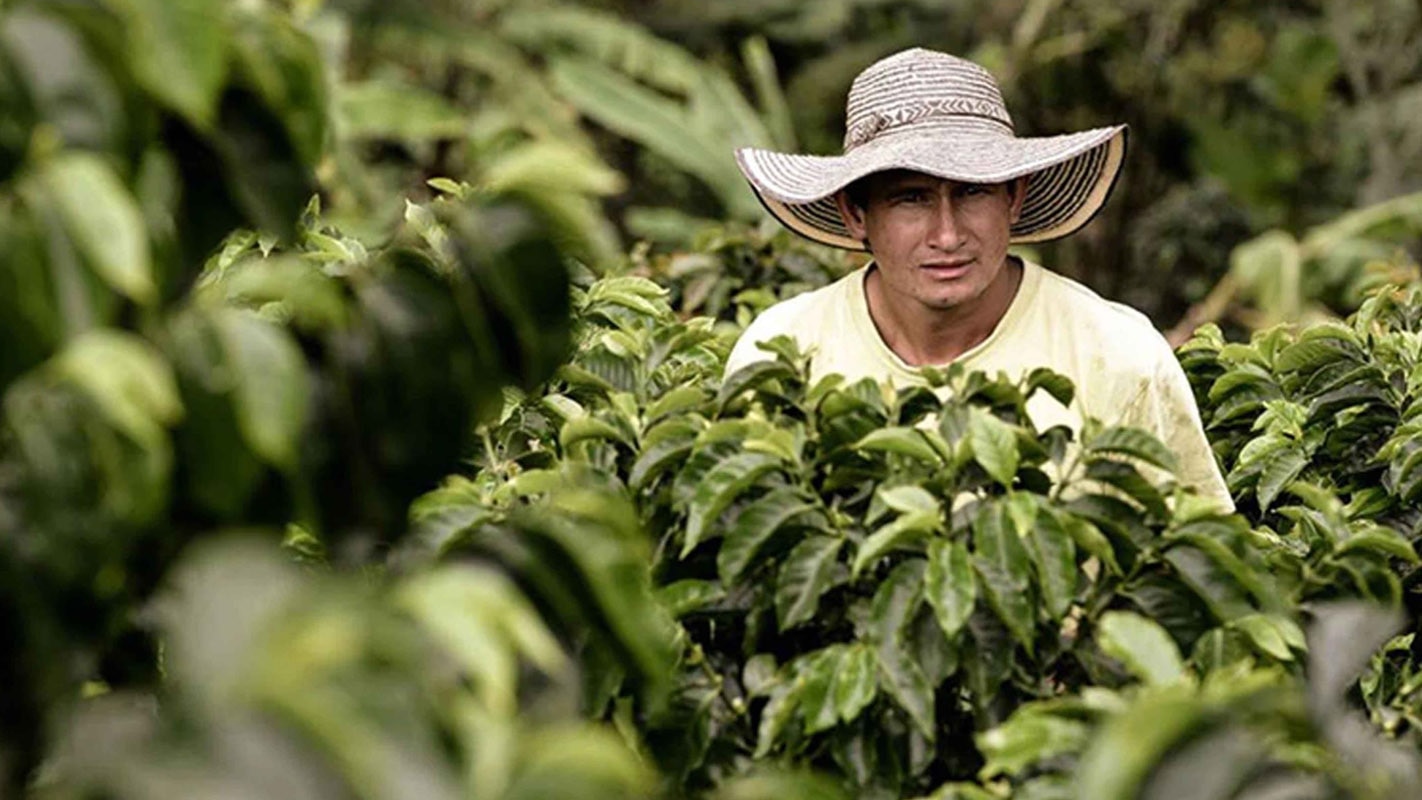Sustainability at Nespresso

Grabbing a cup of coffee has become a daily ritual for many. However, as more become aware of their personal consumption habits and how they impact the planet, consumers now demand more from companies as well. Beyond its products and services, consumers want to know how companies are working towards waste mitigation and sustainable production — and how they can help.


For over 30 years, we have been refining our approach to sustainability and how sustainable practices can be better integrated into business operations. In 2009, we kickstarted the Life Cycle Analysis (LCA) study with Quantis, which detailed the environmental impact of every single Nespresso product from production to consumption and disposal. The goal was to examine each stage of the product lifecycle, then discover ways to reduce the overall impact.


In 2013, we also launched The Positive Cup, a sustainability strategy that focuses on three key areas of our business: coffee, materials and climate, to not only reduce the environmental impact of our coffee and machines, but also to generate value along the supply chain. Since its implementation, we have planted 5.2 million trees between 2014 to 2020, enabling 100% insetting of our operational footprint.

Our 2022 goal is to achieve carbon neutrality for every cup of Nespresso coffee, both for retail and corporate customers. This lofty goal comes after more than 10 years of innovation and intervention across the entire value chain, all in an effort to reduce our carbon emissions and its negative effects on the environment.
How Nespresso is reducing its carbon footprint
To achieve our sustainability goals, we have adopted an end-to-end approach. Here is a quick overview.
Green coffee supply
Our sustainability aspirations begin with coffee farming communities around the world. We encourage coffee farmers to adopt sustainable farming practices via our AAA Sustainability Quality Program, which bolsters the financial and environmental resilience of these farms. Furthermore, the program ensures a consistent and long-term supply of high-quality coffee beans.
Precision coffee consumption
We reduce waste at the consumption level via our ‘precision consumption’ system. This means that our coffee machines are calibrated so that the precise amount of coffee beans, energy and water are used — no more, no less. Aside from saving resources and reducing waste, this minimises the overall carbon footprint too.
Circular business
Our One Pod At A Time initiative allows each coffee capsule and ground to be given a second life. Aluminium provides the most optimal protection against air and light, ensuring freshness of our coffees. We offer convenient recycling solutions to our retail and corporate customers, thus unlocking the circular use of aluminium through the Aluminium Stewardship Initiative (ASI).
The aluminium from the used capsules is infinitely recyclable – they can be melted and reused to create everyday objects such as pens and bicycle frames. Meanwhile, the used coffee grounds are turned into nutrient-rich compost, to grow organic vegetables in local farms such as Sky Greens.

Today, Nespresso works closely with hotels, restaurants and office partners – such as Sofitel Singapore Sentosa Resort & Spa, Labyrinth, Salted & Hung and Julius Baer – to collect their used coffee capsules through dedicated recycling bins placed at their premises. Looking beyond our achievements thus far, we will continue to build on long-term partnerships to continuously drive innovation and amplify our sustainability efforts.
Sustainability at Nespresso is far more than our desire to act responsibly, the future depends on it. Only be delivering long-term positive impact to farms, society, and the environment, can we ensure the ongoing supply of exceptional coffee in every cup to consumers. Join us in doing our part for the environment and find out more here.







